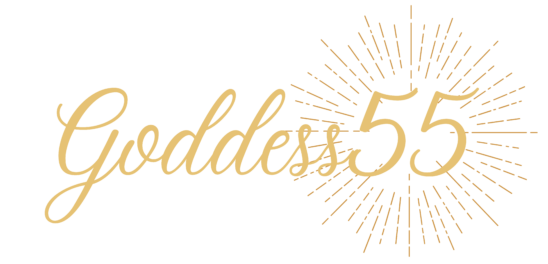After people know WHAT you do they’ll want to know WHY you do it, and that’s where your story comes in. When people understand your WHY and see themselves in your story, they’re more likely to invest in you.
What you should know about using your WHY story
It should be empowering. You want to avoid it being a story of victimization, or neediness, or doom and gloom. There should be some glimmer of hope or light at the end of the tunnel, or “I’ve been through this now I can help you get through it,” and that’s how you attract your most ideal clients.
And there’s a way to tell it with impact: Less is more. You never want to give every single detail or you’ll bore people to death. Pick and choose and put events together in a way that gets your message across and motivates people to take action.
Use your story wisely, but use it often.
The opportunities are endless, but here’s my list of the top 10 ways to use your story.
- Write a book around it. This can be a memoir with you as the main character. But it’s got to have a pretty powerful message to give people a reason to read it.
- Write a book around your area of expertise. Your story positions you as the expert, and stories that involve other people are examples of the results you provide. You’ll still need an author’s bio — a couple of paragraphs that tells why you are qualified to write about the topic.
- In your signature talk. There has to be a focus and a purpose for your talk, whether the talk is your story, or you use your story as a way to relate to the main topic. Add anecdotes and case studies to make it interesting. You’ll need a speaker’s bio to entice people to come hear what you have to say, and if you’re making offers, your story will be the lead-in to have people buy.
- A webinar. This is a teaching opportunity where your story is your introduction that also positions you as the qualified expert on the topic. You’ve got to know how to relate your story to the topic, and your offer, or you’ll lose people pretty quickly.
- Your website’s Home page. You have maybe 3 seconds to capture a viewer’s attention when they land on your website. Show them that they are in the right place by featuring your story in the way of your mission or your purpose.
- Your About page. This might be about you, but it’s written for the viewer. They’ll go here after reading your Home page, so you want it to be a continuation of your WHY story: Why you do what you do, who you serve, how you help…THIS is how you make your website work for you!
- Face-to-face networking. Your 30-second commercial is a great way to tell the short version of your story. “I am…and I help…to …..because at one time I…..and now I….” You won’t always have time to go deep into your story, so knowing what to include in a short time is crucial.
- Print marketing. Every entrepreneur should have a business card, and, for events and expos, you’ll also have a brochure or some other marketing assets that highlight your product/product/service, which also may have a story, but it will also include your bio to qualify you. Every small business has a story. Why does yours exist? Who are the main players? Buyers want to know!
- Media releases. Pitch letters, press releases…How do you get featured in the media? You have a story to tell! A story that is remarkable or that the public needs to know about. The media always have slots to fill and “ordinary” people are being featured more and more nowadays — just on the basis of their story! And don’t forget about being HARO-ready.
- Content marketing: This is a catch-all category. Your story is part of all your bios, your blog, your social media posts and profiles (especially LinkedIn), your videos, YouTube…you may have lots of stories to tell, but you need to know which one to use for each audience.
Do you see why your story is so important? Think about how you’re telling yours and the results you could be getting if you learned how to tell it with impact and inspiration.
Oh, the lives that you could change just by being you!

